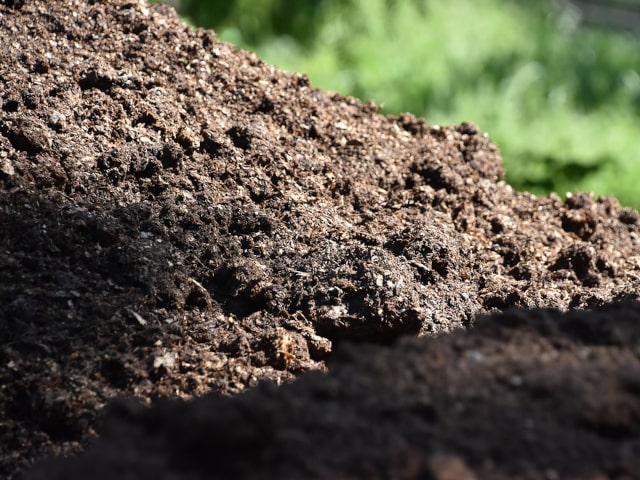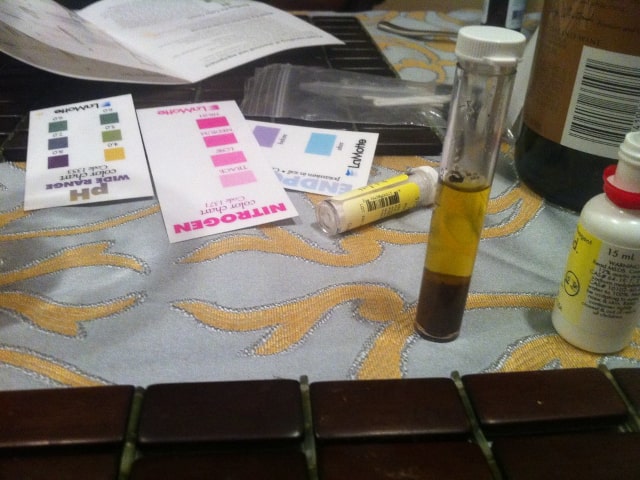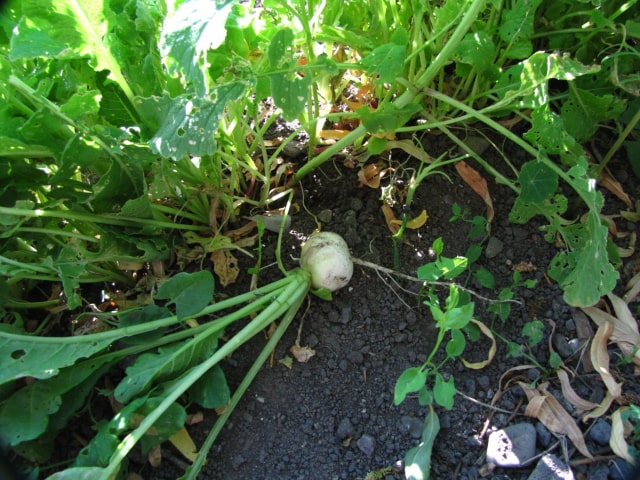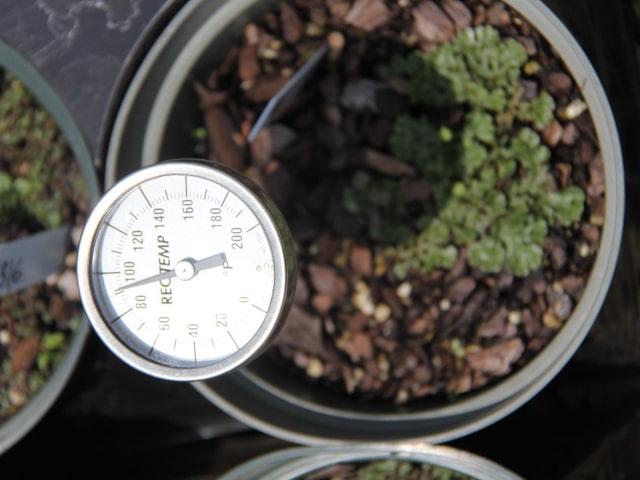
Fall is probably the ideal time for improving your garden soil. There are so many things you can do, and the good news is that most of them are not complicated at all. You can learn how to improve your soil with compost, organic soil amendments and raw organic matter. All these things will result with a much better garden in the end.
Don't Be Lazy!
Great gardeners know that the fall is not the time to be lazy, even though it may seem so. After the harvesting is done you may think all the work for the year has ended. Think twice. Instead of sitting down and doing nothing in the fall, you can actually do a lot for your garden.
Improving your garden soil is one of the best things you can do during the fall. It will help you a lot in the coming season because your plants will have a much better and healthier soil to thrive on. However, in order to do it properly you have to start early. This is why the fall is a good time to think about improving your garden soil.
Remember, improving your soil means improving your garden. Good soil has a better ability to retain water, help your plants fend off diseases and stress, and support healthy plant growth in general.
Building a better soil is probably the best thing you can do to improve your gardening success. This is true for both new gardeners and experienced pros. It's one thing you should never ignore when it comes to gardening.
Keep in mind: the fall is a crucial time for improving your soil. There are some vital things you can do to make your soil great. The most important things for improving garden soil are compost, raw organic matter and organic nutrients. You can provide them all to your soil during the fall so it will be ready for new plants in the spring.
Compost
Compost is a crucial element for success, so make sure you can get as much as you can. You may opt to make your own, homemade compost, or you may purchase it in the garden centers. In any case, try to get as much as you can afford or as much as you can make. Chances are that you will use a lot of it in your garden, so don't be afraid to stockpile a lot of it, wherever you can find a place. Bing, bags, compost boxes - whatever works for you, just make sure to have plenty of it ready.
To apply compost to your garden, start by removing any remaining spent crops from your garden. After this, use a fork to loosen the soil a bit. Once it's loosened, add about 3 to 4 inches thick layer of compost.
It's best to do it early in the fall, while soil temperatures are still warm. With the warm weather, the nutrients and organic matter in the compost will stimulate beneficial organisms in the soil. This will refresh that tired, end of season soil and renew it for the spring.
It's important to do this both in the vegetable and flower gardens. For flower gardens, make sure to clean up any perennial beds you have and dig in some compost to the soil. You can do it wherever you've pulled out annuals or wherever you wish to plant bulbs.
For established perennials and shrubs, it's best to use a 2 to 3 inches thick layer of compost. Make sure to put the compost around the base of the plants and keep it back an inch or so from the stems. You can mix a few shovels of compost with the soil at the time of planting new shrubs, trees and other landscape plants. Just put the compost along with the soil that goes back into the planting hole.
Organic Matter
Another thing you'll need is some raw organic matter for your garden. After the season, the soil in your garden will probably be laying fallow during the winter. You can use the fall to boost the amount of the organic matter in the soil even more than what you can get from finished compost. The best way to do it is to incorporate some raw organic matter directly into the soil.
Raw organic matter comes in many different forms. Shredded leaves are a simple and affordable choice. If you have, use leaf shredder to create raw matter. If you don't have one, simply mow over the leaves several times with a lawnmower to prepare the leaves.
One thing to keep in mind when adding raw organic material to the soil: you need beneficial soil organisms to help decompose this organic material, and they require nitrogen to work. It means that you need to add extra nitrogen along with the raw organic matter, or else the microorganisms will start use the nitrogen from your soil. In order to prevent this, you should add some nitrogen-rich manure to the mix or add some granular organic fertilizer.
Animal manure is very effective and can make wonders for your soil. However, make sure to never use manure from dogs or cats. Manure can be gathered in buckets, plastic bags, feed bags, and similar containers. A great thing about adding manure in the fall is that it doesn't really matter if it's fresh or not. The caustic ammonia will dissipate over the winter and leave valuable nutrients and organic matter for the plants in the spring.
Soil Amendments
Organic fertilizers typically release their nutrients slowly, over many months. Applying these nutrients in the fall will ensure that your soil is enriched and ready in the fall. Good amendments for the soil include bone meal, kelp meal, greensand and rock phosphate.
Mix these organic materials right into the soil or use them as a side dress around plants. You can use them along with shredded leaves, compost and manure. You will need to add some nitrogen to break down the organic materials, just like you needed it to add raw organic matter.
Another thing you need to think about is the soil pH values. In case the soil needs adjusting, the fall is the best time to do it. It's best to do it slowly and raise or lower soil pH slowly, over the course of 3 to 6 months. This is a good reason why it's best to adjust soil pH values in the fall so there is enough time for the soil to be improved before the spring. Before you try to remedy the pH values of your soil, don't forget to do a soil test first. You need to make sure that your soil's pH levels need to be adjusted.
To raise the pH levels of the soil, add some lime in the fall. To lower the pH levels, add acidifiers such as pine needles, peat moss or elemental sulfur.
Photo credit: Rob Bertholf




1 Comments
Here in St. Augustine Live oaks flourish. Will the leaves make soil acidic?
Thanks for your help, your blog is most helpful.